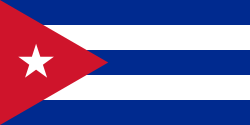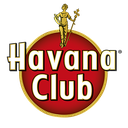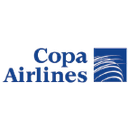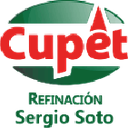Executive Secretary

IX Simposio Internacional de Química y Ciencias Farmaceúticas
SIQF 2025
XIV Conferencia “La ingeniería química: desarrollo, potencialidades y sus retos” y VI Simposio Internacional de “Seguridad tecnológica y ambiental”
Problemática: la
existencia de cantidades significativas de productos químicos ociosos, caducos,
y no identificados, constituye un problema ambiental en diversas entidades de
nuestra región. Un ejemplo es el sodio metálico, cuya escasa utilización como reactivo en prácticas
docentes, ha provocado su deterioro, convirtiéndose en un desecho tóxico de
alta peligrosidad.
Objetivo:
exponer las experiencias
prácticas y habilidades adquiridas durante la implementación de una alternativa
tecnológica, desarrollada por especialistas del CEQA, UCLV, para la gestión del
sodio metálico en condiciones de alta seguridad, empleando su reacción con
etanol grado técnico y posterior hidrólisis.
Metodología: se utiliza un sistema de reacción integrado por criostato, reactor, agitador. Técnicas de análisis químico y análisis estadístico para el procesamiento de la data experimental.
Resultados y discusión: fueron ajustados experimentalmente la variación de la temperatura en el sistema de reacción en función de la dosificación del sodio, la relación másica etanol técnico/sodio en dependencia del porciento peso del etanol empleado, la cantidad de agua necesaria, la velocidad de agitación, y el aumento de la viscosidad y densidad del sistema con el tiempo de reacción. La conversión del sodio metálico a NaOH es del 100%. Se caracterizó el residuo, proponiéndose varias alternativas para su manejo como desincrustante. Se resalta que, más del 98% del etanol empleado en la reacción se recupera por destilación extractiva, con una pureza de hasta 96,5%, garantizando su reúso.
Conclusiones: se demuestra la factibilidad y viabilidad técnica, económica y ambiental de esta alternativa en la gestión de los residuos de sodio metálico.
Problem: The existence of significant quantities of unused, expired, and unidentified chemicals constitutes an environmental problem in various areas of our region. One example is metallic sodium, whose limited use as a reagent in teaching practices has led to its deterioration, turning it into a highly hazardous toxic waste.
Objective: To present the practical experiences and skills acquired during the implementation of a technological alternative, developed by specialists from CEQA, UCLV, for the management of metallic sodium under high-security conditions, using its reaction with technical-grade ethanol and subsequent hydrolysis.
Methodology: A reaction system comprising a cryostat, reactor, and stirrer is used. Chemical analysis and statistical analysis techniques are used to process the experimental data.
Results and discussion: The temperature variation in the reaction system was experimentally adjusted as a function of the sodium dosage, the technical ethanol/sodium mass ratio based on the weight percentage of ethanol used, the amount of water required, the stirring speed, and the increase in viscosity and density of the system with reaction time. The conversion of metallic sodium to NaOH was 100%. The residue was characterized, and several alternatives were proposed for its management as a descaling agent. It is highlighted that more than 98% of the ethanol used in the reaction is recovered by extractive distillation, with a purity of up to 96.5%, ensuring its reuse.
Conclusions: The feasibility and technical, economic and environmental viability of this alternative in the management of metallic sodium waste is demonstrated.
Sobre el ponente

Ing Guillermo Esperanza Pérez

Discussion


 Oro
Oro
 Oro
Oro
 Plata
Plata
 Plata
Plata